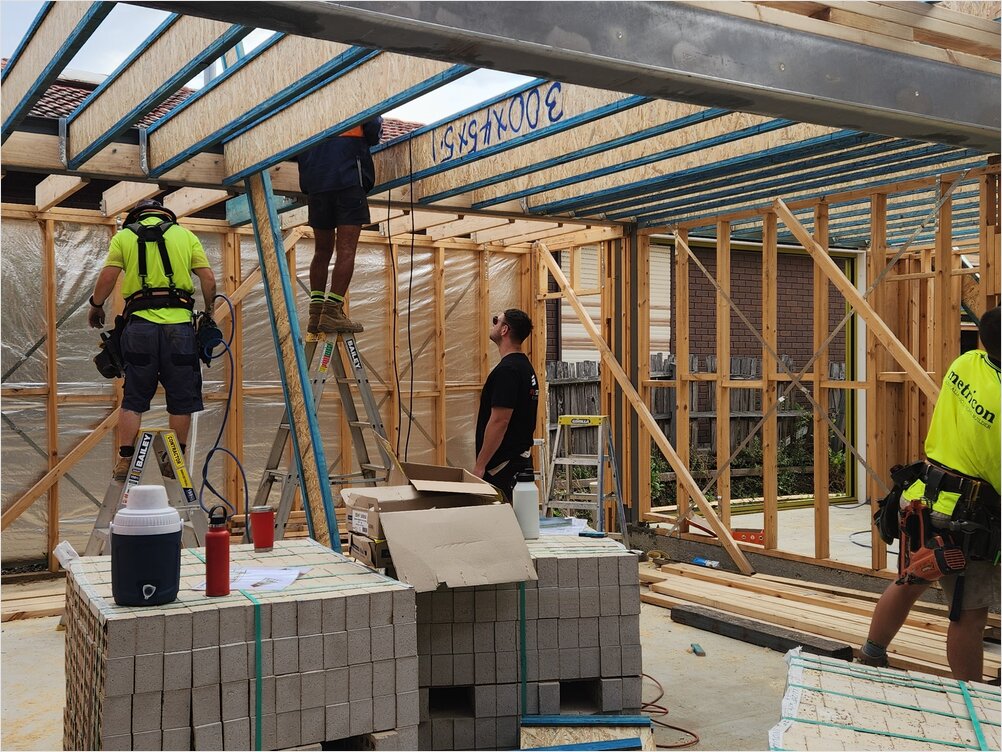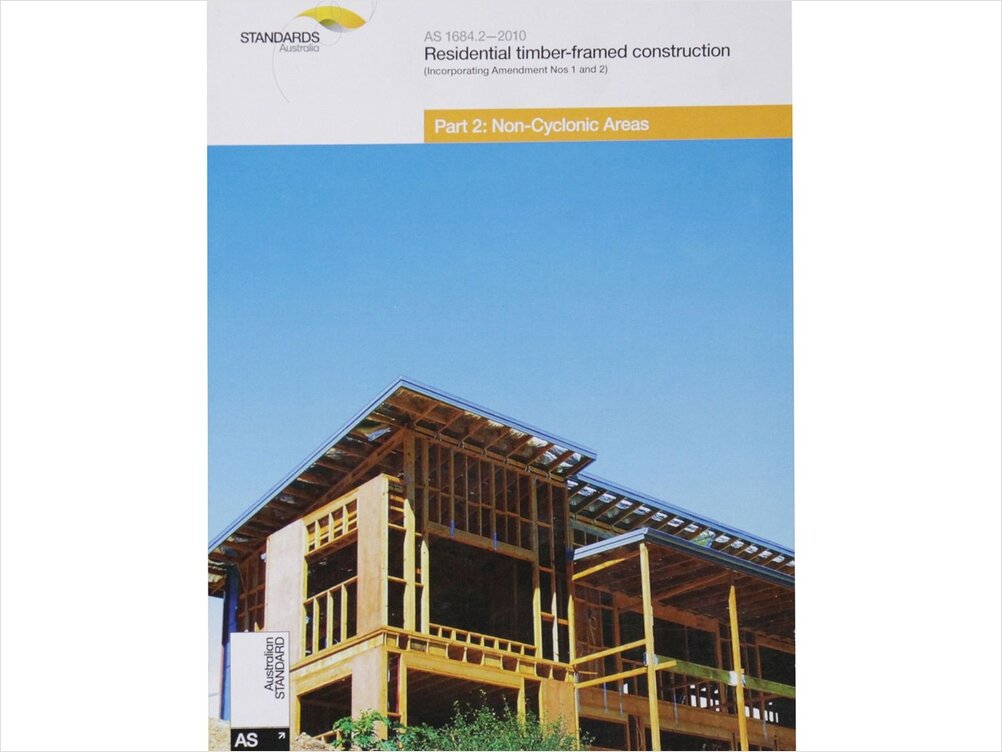Mastering Timber Framing Codes: Navigating AS 1684 with Ease
The Australian Standard AS 1684, known as the Timber Framing Code, is the backbone of timber construction compliance in Australia. Designed to ensure structural integrity, it provides detailed requirements for designing, constructing, and estimating timber-framed buildings.
While AS 1684 is critical for safe and compliant builds, its complexity often poses challenges for builders and estimators. From interpreting span tables to adhering to load-bearing specifications, the standard demands meticulous attention to detail, leaving little room for error, not to mention the time is takes to develop the estimate. In this article, we’ll explore the complexities of AS 1684 and how tools like TimberTec can make compliance simpler, faster, and more accurate.

1. Understanding the Australian Standard AS 1684
AS 1684 covers a wide range of timber framing elements, including spans, loads, and material specifications. For builders and estimators, it’s essential to understand the code to ensure their projects meet safety and structural requirements.
What AS 1684 Covers
- Span Tables: These tables specify the allowable span lengths for timber members, depending on factors like species, grade, and load.
- Load Requirements: AS 1684 outlines the minimum requirements for roof loads, floor loads, and wind loads.
- Timber Grades: The standard includes detailed classifications for timber grades and their suitability for specific structural applications.
The Challenges
Navigating AS 1684 requires precision. Errors in interpreting span tables or calculating loads can result in non-compliance, leading to structural issues, project delays, or failed inspections.
See more: 5 Common Mistakes in Beam Sizing and How to Avoid Them
2. Why Compliance is Complex
The Timber Framing Code’s level of detail is both its strength and its challenge. While it ensures safety and quality, it requires extensive knowledge and attention to detail.
Interpreting Span Tables
Span tables are a critical component of AS 1684, but they’re not always straightforward. Estimators must account for multiple variables, such as timber species, grade, and load type, to select the correct member size.
Adjusting for Site-Specific Conditions
Site-specific factors, such as wind classifications or unique design loads, add another layer of complexity. Builders must adjust their calculations to ensure compliance with these additional requirements.
Time-Consuming Processes
Manual compliance checks are time-intensive, requiring hours of cross-referencing and double-checking calculations. This slows down the estimation process and increases the likelihood of errors.
External Link: Australian Timber Design Guide for LVL Beams
3. How TimberTec Simplifies AS 1684 Compliance
TimberTec is designed to address the challenges of navigating AS 1684. By automating the estimation process, it ensures accurate and compliant takeoffs while saving time.
Built for Australian Standards
TimberTec incorporates AS 1684 requirements into its algorithms, allowing estimators to calculate spans, loads, and timber sizes without manually referencing the code.
Automated Span Table Integration
Instead of manually interpreting span tables, TimberTec analyzes project data and selects the appropriate sizes for beams, lintels, and other structural members based on AS 1684.
Site-Specific Adjustments
TimberTec allows users to input site-specific conditions, such as wind classifications or load adjustments. The software automatically recalculates the requirements to ensure compliance.
See details: How TimberTec Takes the Guesswork Out of Timber Estimation
4. Benefits of Using TimberTec for AS 1684 Compliance
TimberTec offers several advantages for builders and estimators navigating the complexities of AS 1684.
Accuracy and Precision
By automating calculations, TimberTec reduces the risk of errors and ensures every estimate meets compliance standards.
Time Efficiency
TimberTec cuts estimation time by up to 80%, allowing builders to focus on construction rather than admin tasks. Confidence in Compliance
With TimberTec, you can trust that your estimates are aligned with AS 1684, reducing the risk of failed inspections or project delays.
External Link: Construction Executive: How Automation Improves Accuracy in Construction

Questions & Answers
Q1: How does TimberTec ensure compliance with AS 1684?
A: TimberTec integrates AS 1684 span tables and load requirements into its algorithms, automating the process to ensure compliance with Australian standards.
Q2: Is Timbertec easy to use?
A: Yes, TimberTec is built by people in the industry, and have made it as clear and easy to use as possible. You will be surprised at how easy it is to use.
Q3: Is TimberTec suitable for large residential projects?
A: Absolutely! TimberTec is scalable and designed to handle projects of all sizes, from small renovations to multi-story residential builds.
Conclusion
Navigating the complexities of the Timber Framing Code, AS 1684, is a daunting but necessary task for builders and estimators. Manual methods are time-consuming and prone to errors, increasing the risk of non-compliance and project delays.
TimberTec eliminates these challenges by automating the estimation process and ensuring every takeoff meets AS 1684 standards. With its precision, efficiency, and user-friendly design, TimberTec is the ultimate tool for builders and estimators looking to streamline their workflow and improve project outcomes.
Ready to simplify AS 1684 compliance? Try TimberTec today and see how it can revolutionize your estimation process.
Embrace the tec with Timbertec.